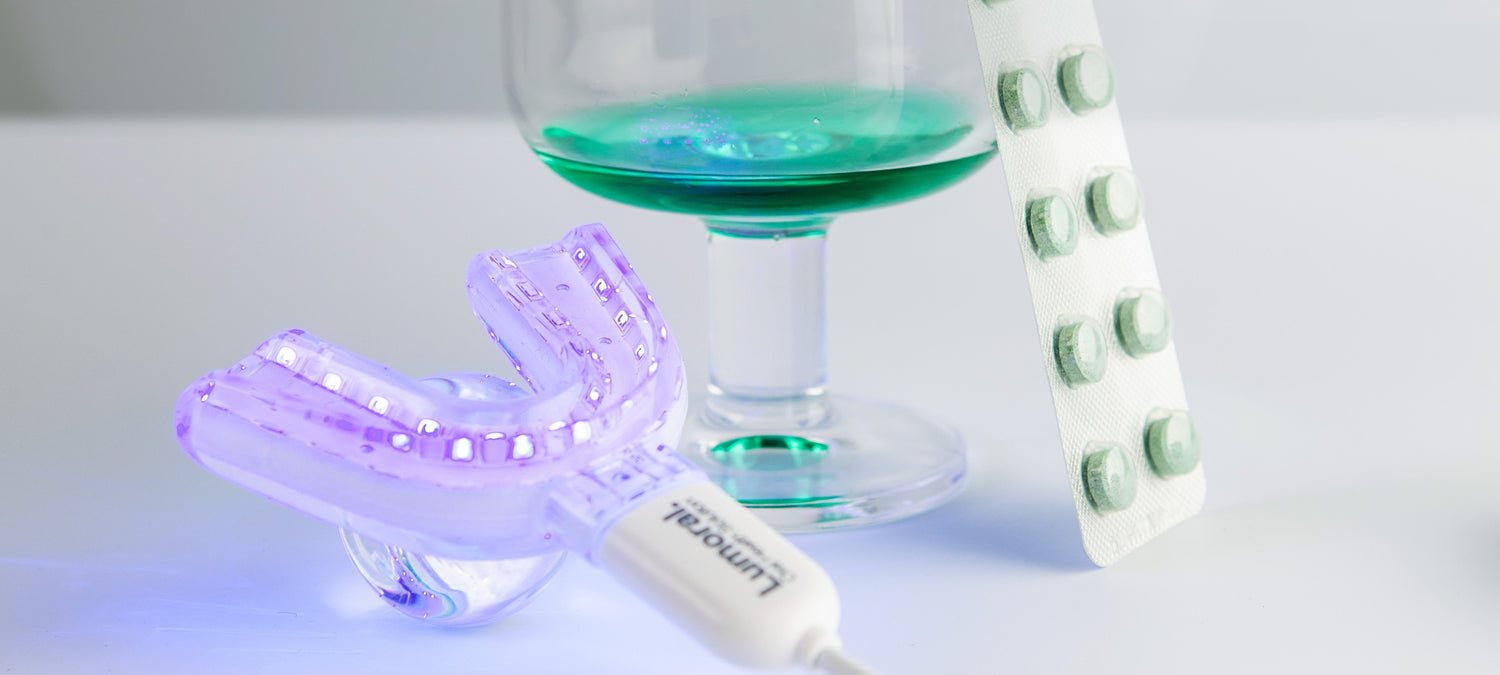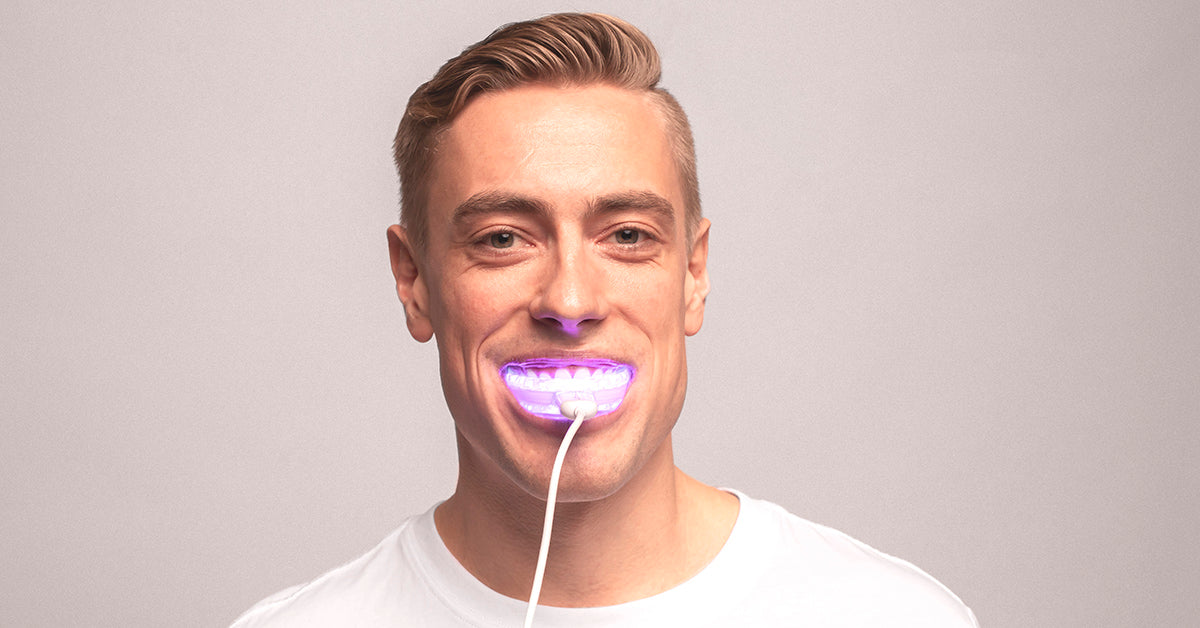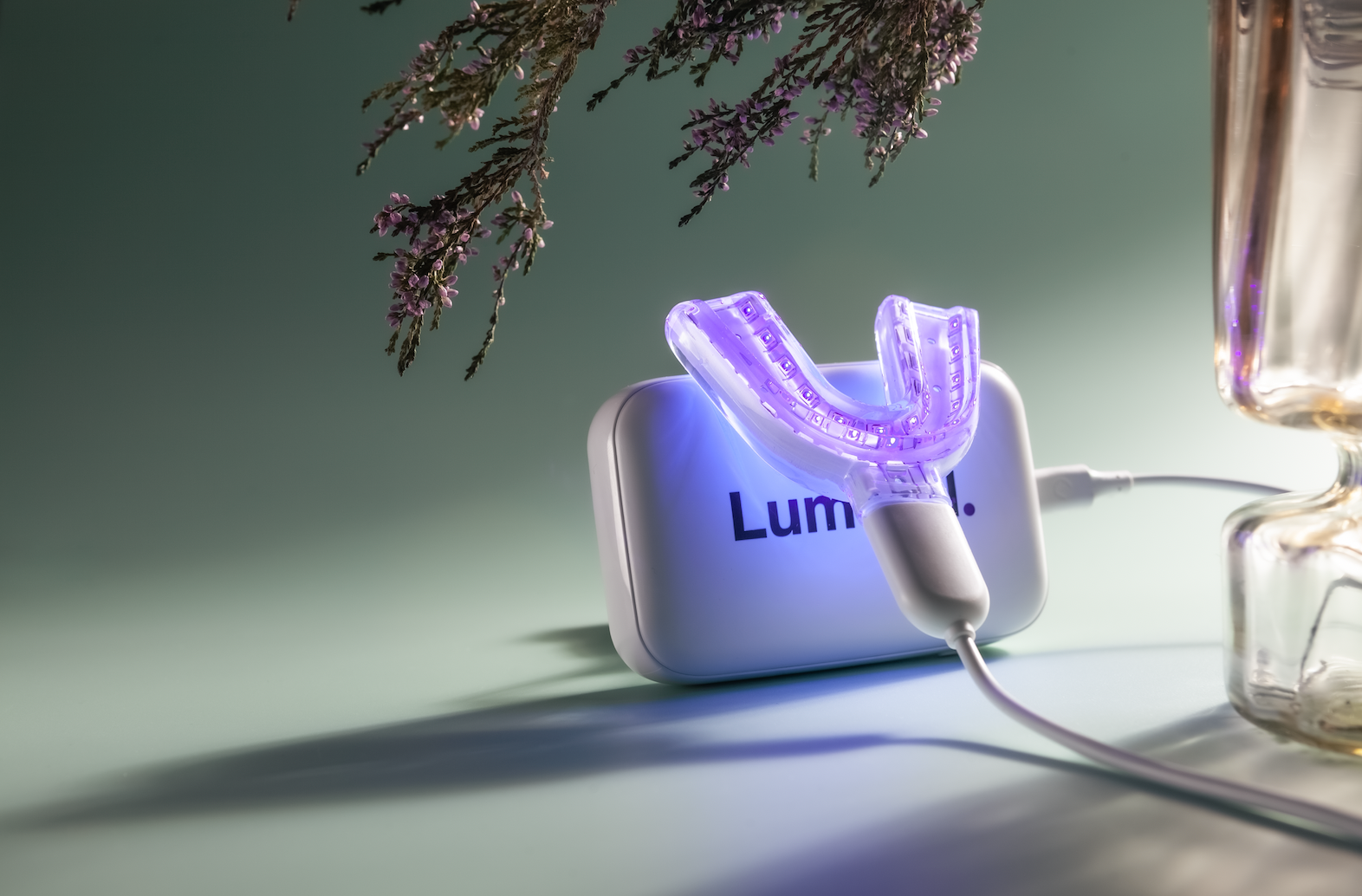Antibacterial photodynamic therapy (aPDT) is such an effective method of eliminating biofilm bacteria that the viability of up to two weeks old Str. mutans biofilm viability is completely lost. The effectiveness is also excellent against anaerobes. The mechanism is based on the light-activation of a dye, which acts as a photosensitizer. So far, the method has only been used in clinics because the equipment needed for photoactivation is only available in laser-based form. Recent advances in LED technology have made it possible to bring aPDT treatment into continuous use and home environments.
Researchers investigated the effect of continuous photodynamic therapy on plaque formation and early gingivitis. In a prospective setting, 15 healthy volunteers used aPDT therapy for four days, abstaining from mechanical oral hygiene. The teeth studied were the premolars of the upper arch, and treatment was randomized to one side only. The supporting tissues of the participants' teeth were healthy. The amount of plaque was measured by plaque staining and the antibacterial effect on the plaque bacterial flora was measured by sequencing plaque 16S ribosomal RNA. Progressive gingivitis was assessed by aMMP-8 measurements from the gingival crevicular fluid.
The active ingredient of the mouthwash, indocyanine green, was found to adhere effectively to plaque. The treated side had significantly less plaque at the end of the study. aMMP-8 levels were lower in the premolar gingival pouches of the treated side at the end of the study. A relative reduction in the plaque microbial flora on the treated side was observed for sugar-fermenting streptococcus species and some bacterial species associated with periodontitis (Acinetobacteria, Capnocytophaga and Rothia). The relative amount of bacterial species associated with the bacterial flora of the healthy mouth, such as Neisseria and Haemophilus species, increased. The α-diversity of the plaque microbial flora remained unchanged. No adverse effects were observed.
The study suggests that continued use of antibacterial photodynamic therapy slows plaque formation and reduces the development of early gingivitis caused by plaque. In a healthy mouth without periodontal disease, the relative number of cariogenic bacteria in plaque is reduced. Lower levels of aMMP-8 in gingival fluid indicate that the treatment reduces the bacterial load in the gums. The benefit of the treatment is that the active substance specifically adheres to plaque, thus providing a targeted antibacterial effect.
Researchers investigated the effect of continuous photodynamic therapy on plaque formation and early gingivitis. In a prospective setting, 15 healthy volunteers used aPDT therapy for four days, abstaining from mechanical oral hygiene. The teeth studied were the premolars of the upper arch, and treatment was randomized to one side only. The supporting tissues of the participants' teeth were healthy. The amount of plaque was measured by plaque staining and the antibacterial effect on the plaque bacterial flora was measured by sequencing plaque 16S ribosomal RNA. Progressive gingivitis was assessed by aMMP-8 measurements from the gingival crevicular fluid.
The active ingredient of the mouthwash, indocyanine green, was found to adhere effectively to plaque. The treated side had significantly less plaque at the end of the study. aMMP-8 levels were lower in the premolar gingival pouches of the treated side at the end of the study. A relative reduction in the plaque microbial flora on the treated side was observed for sugar-fermenting streptococcus species and some bacterial species associated with periodontitis (Acinetobacteria, Capnocytophaga and Rothia). The relative amount of bacterial species associated with the bacterial flora of the healthy mouth, such as Neisseria and Haemophilus species, increased. The α-diversity of the plaque microbial flora remained unchanged. No adverse effects were observed.
The study suggests that continued use of antibacterial photodynamic therapy slows plaque formation and reduces the development of early gingivitis caused by plaque. In a healthy mouth without periodontal disease, the relative number of cariogenic bacteria in plaque is reduced. Lower levels of aMMP-8 in gingival fluid indicate that the treatment reduces the bacterial load in the gums. The benefit of the treatment is that the active substance specifically adheres to plaque, thus providing a targeted antibacterial effect.
Nikinmaa S, Moilanen N, Sorsa T, Rantala J, Alapulli H, Kotiranta A, Auvinen P, Kankuri E, Meurman JH, Pätilä T. Indocyanine Green-Assisted and LED-Light-Activated Antibacterial Photodynamic Therapy Reduces Dental Plaque. Dent J (Basel). 2021 May 3;9(5):52. doi: 10.3390/dj9050052.
PMID: 34063662; PMCID: PMC8147628
PMID: 34063662; PMCID: PMC8147628



Leave a comment
This site is protected by hCaptcha and the hCaptcha Privacy Policy and Terms of Service apply.